Over the years…
When there was a shortage of crews in Train, Yard, and Engine service (TY&E), and a surplus in other areas, my former employer would advertise for extra employees from other areas of the system. Permit me to digress a bit before I became a borrow out myself.
At this point (1983) I had been furloughed for nearly two years in the Seattle area. So I enlisted in the US Naval Reserves in September of 1983 and left for active duty in January 1984.
In the meantime — before I left for active duty — I found out I could hold the extra board in Wishram. Wishram was an old Spokane, Portland & Seattle terminal mid-way between Vancouver and Pasco on the Washington State side of the Columbia River. [On a side note, I enjoyed Wishram so much that I had planned to move back there and permanently retire, however, life had other plans for me and I never returned.] While not technically a borrow out, I was using my seniority in my home district, the Pacific Division. Your seniority covered Washington, Oregon and Northern California and British Columbia in the greater Vancouver area.
When I returned home from active duty in August of 1984, I marked up at Stacy St. Yard (Northern Pacific) in Seattle. It was still slow; I was not getting called much. I found out I could hold the Yard extra board in Spokane on the other side of the state. So off I went again, I marked up in Spokane where I was treated poorly by a few individuals since I was not from around there. Anyhow, Spokane was a wonderful place to work as was Wishram, and I still have friends from both places.
Borrow out
I worked with a few borrow outs here at home (in the Seattle area). By that time I had enough seniority that it really did not affect me. It was fun and interesting to work with people from various parts of the railroad — railroading is not the same everywhere even though it is the same company.
In a few previous stories I have mentioned working out of Bakersfield, Calif., from April 1998 to November of 1998, as a true borrow out.
One afternoon I was called for an eastbound manifest train from Bakersfield to Barstow. I was working as the road engineer up front and had another extra board engineer working on a manned helper cut in about three-fourths back from the head-end. The helper engineer had been off for a while, I do not recall why. I figured he might be a little “rusty,” so I communicated with him a bit more than I usually did. After we rounded the horseshoe curve at Caliente, we had a 10-mph slow order at tunnel one. As I reduced my speed with the throttle, I noticed the speed was not coming down like I felt it should have. I called the helper again and reminded him again of the slow order.
As I was slowly reducing throttle positions, the helper should have been watching his gauges back there to synchronize with what I was doing. Now I was down to throttle position three and still above 10 mph as we neared the slow-order — I was getting concerned. I called again and said we were hitting the 10-mph slow order, he responded by nearly dropping all his throttle at once. How we stayed together I have no idea. It was a miracle. That could have ripped the train apart and spread cars all over the side of the hill, not to mention inside the tunnel.
I was not too happy. We had a tense conversation when back at the locker room in Barstow. I told him that I trusted he would never do that to me again.
What I heard through the grapevine (later) was that this “act” was because I was a borrow out. I was being tested, which did not make me incredibly happy. I got the feeling there was a reason he had been off for a while. I’ve never had another problem like that. There are good helpers and of course, bad helpers.
I did ask one of the older engineers that I trusted if he thought I did something wrong. “Do you do something different?” I asked. I told him how I was trained and what we did back home. By this time in my career, I was smart enough to go with the flow. He said, “No, it’s the same thing here.” And continued, “… some of these young guys are not happy with borrow outs being here.”
There were eleven of us from the Pacific Division. The crews in Bakersfield had been working so much it was not even funny. The few that had an issue relaxed when they were finally able to take time off and get some much-needed rest.
In the end, they were (and are) some of the finest railroaders I have ever worked with. I learned a lot from those folks there.
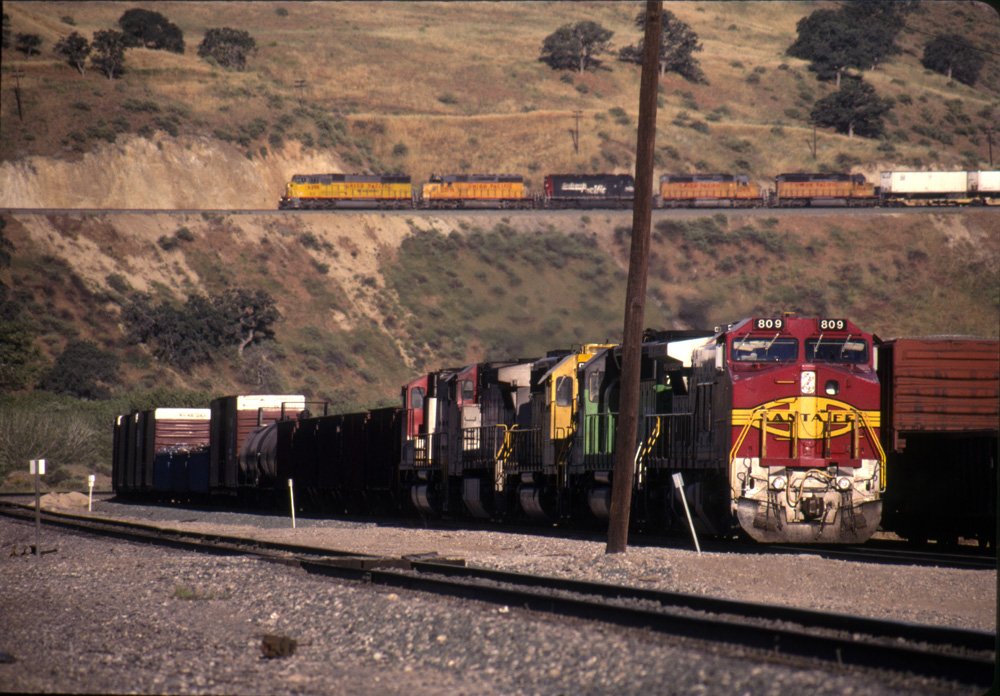
Check out previous column, “An engineer’s life: Standby.”






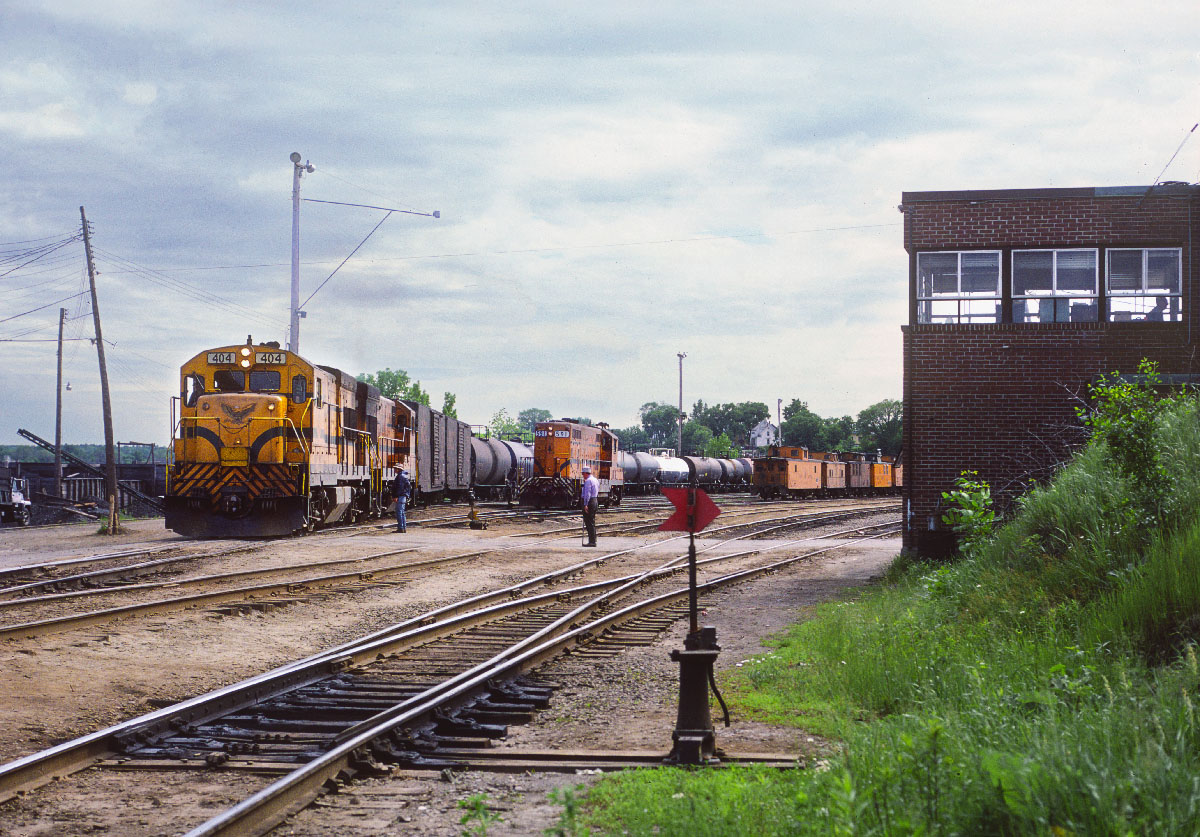
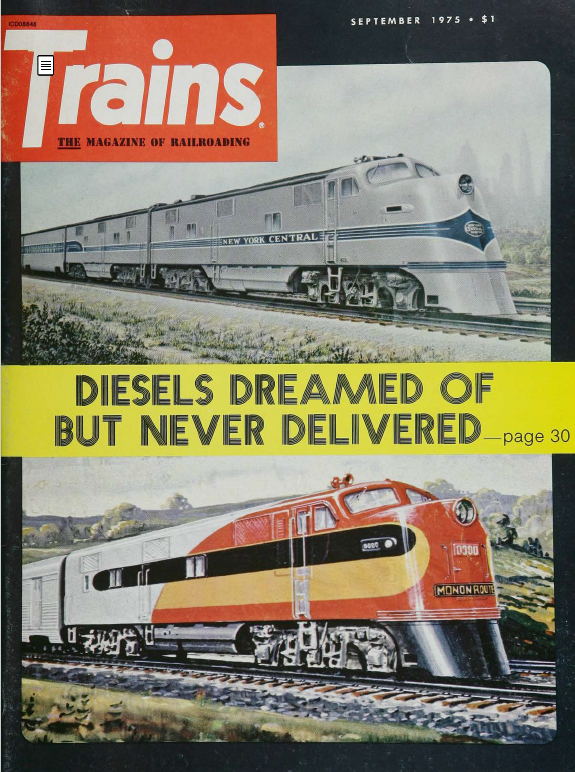
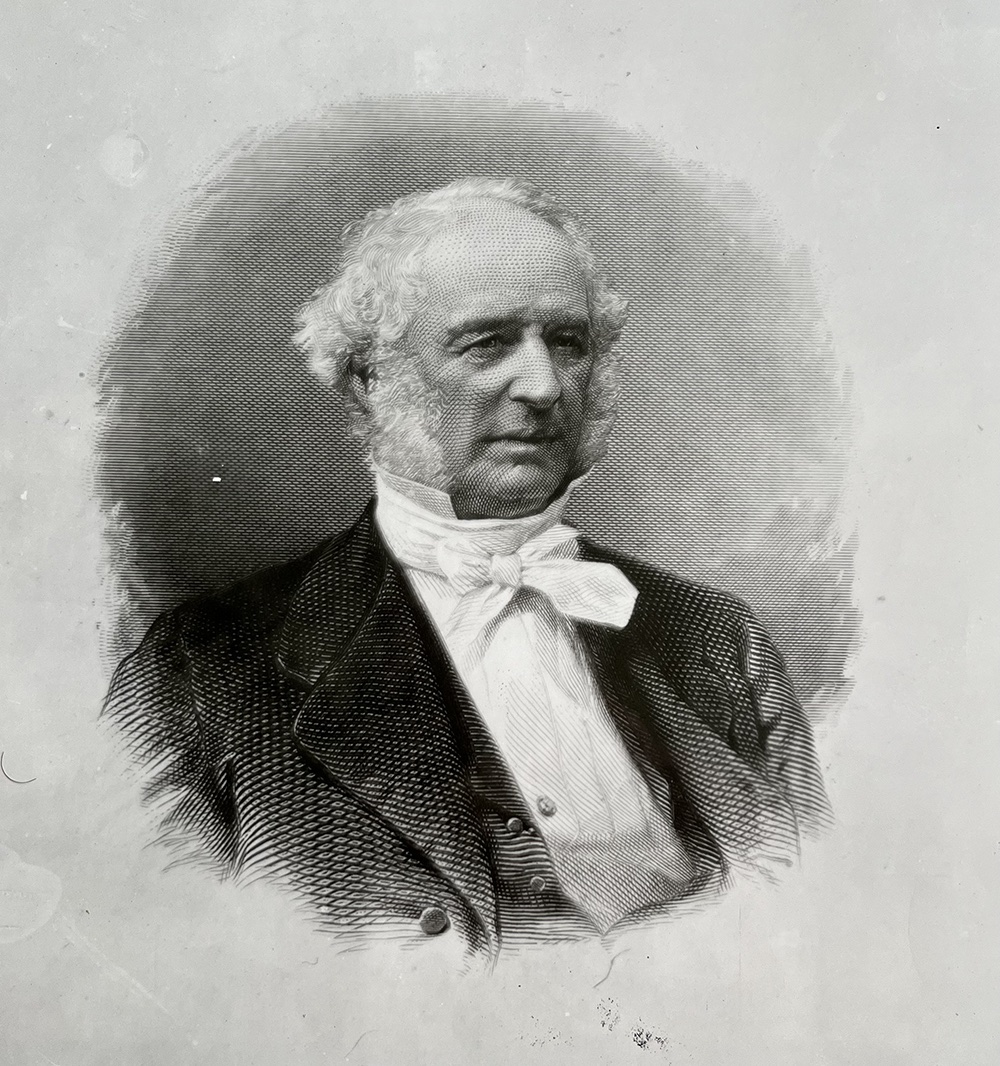
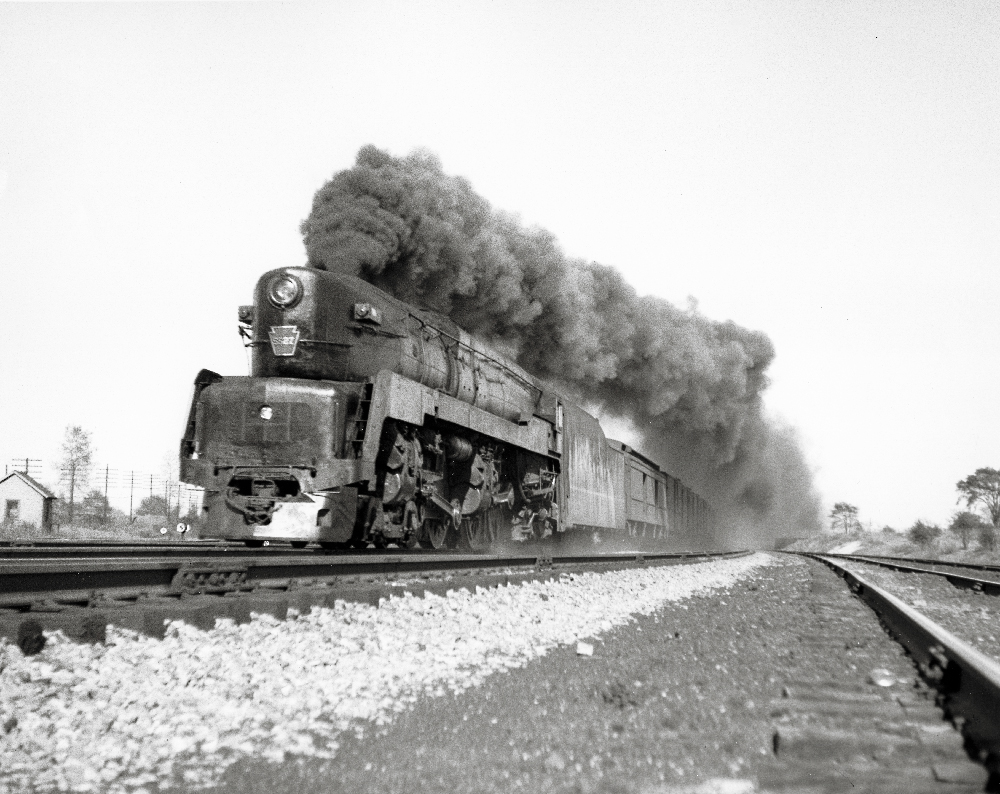




Strong argument for DPU.